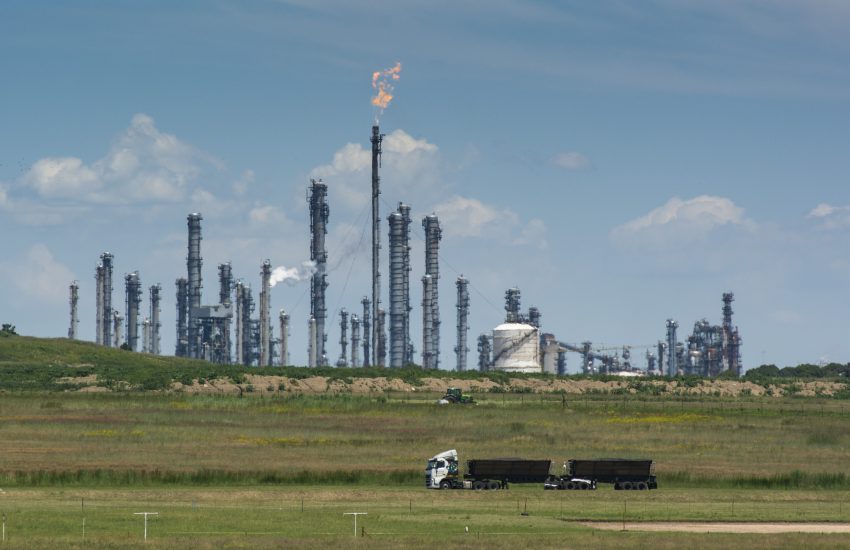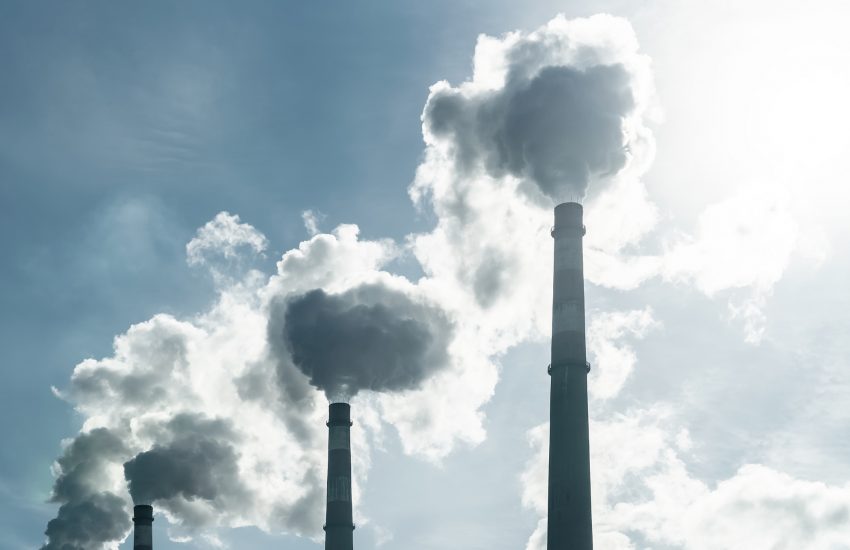The U.S. Securities and Exchange Commission last week approved the implementation of standardized climate disclosure rules (posted here) for publicly traded companies and in public offerings. No longer can companies simply post potential risks on their websites or through emails; rather, they must now include them in official SEC filings such as annual reports and registration statements.
The overarching goal is intended to enhance transparency concerning how companies address environmental and climate threats. The SEC’s decision was also the result of investors’ demand for …
Continue Reading









